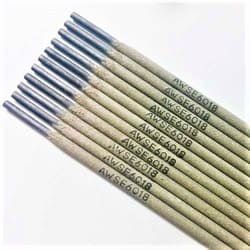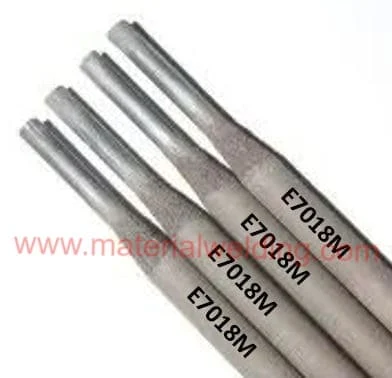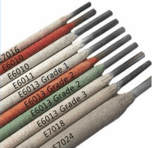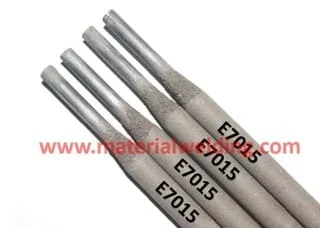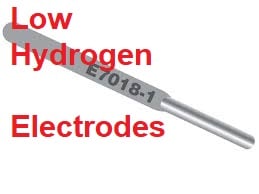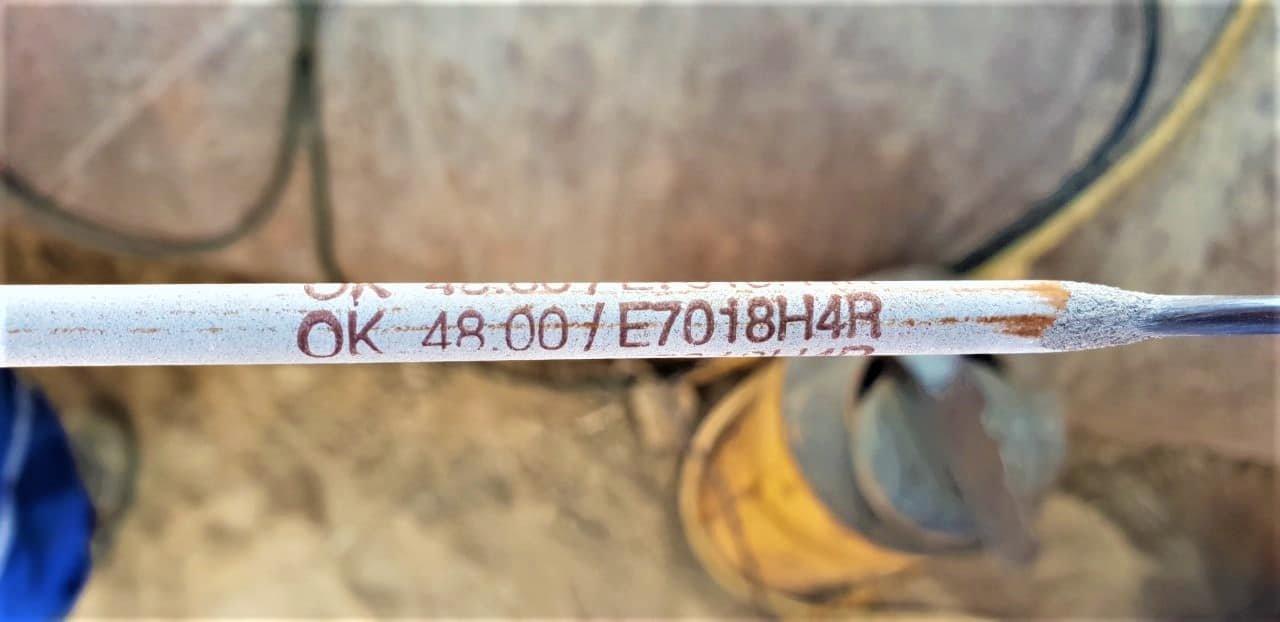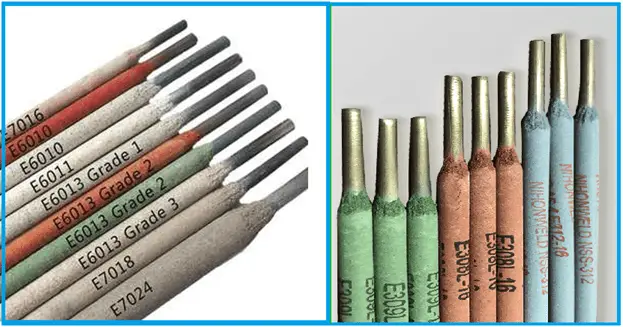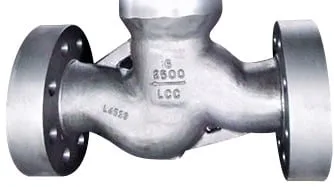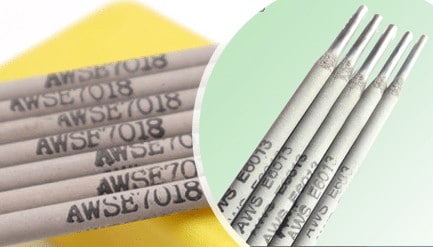E7018-1 H4 (E4918-1) Meaning, what does the 1 means?
E7018-1 H4 (E4918-1) is a low hydrogen carbon steel electrode stick welding (SMAW) rod with improved toughness properties.
E7018-1 H4 (E4918-1) is similar to E7018 (E4918) in weld metal chemical composition and usability characteristics (such as polarity, coating type for example).
The only exception is the higher manganese content in E7018-1 H4 (E4918-1) compare to E7018.
The higher manganese level provides better weld metal toughness characteristics at lower transition temperatures compared to the E7018 type rod.
E7018-1 H4 (E4918-1) Stick Welding Rod Toughness
In E7018-1 H4 (E4918-1), ‘1’ refer to the lower weld metal toughness properties. The average impact toughness (CVN) requirement for E7018-1 H4 (E4918-1) is 20 ft·lbf at -50°F (27 J at –45°C) as shown in the below abstract taken from ASME Section IIC, SFA 5.1.

While the toughness requirement for E7018 is 20 ft·lbf at -20°F (27 J at –30°C) compare to E7018-1.
So, the main difference between the E7018-1 H4 (E4918-1) and E7018 (E4918) is the impact toughness test temperature.

E7018-1(E4918-1) Electrode specification
The AWS specification for E7081-1 is AWS A5.1 (SFA 5.1). The CSA Specification for E7018-1(E4918-1) is CWB/CSA W48-06.
The EN/ISO equivalent of E7018 (E4918-1) is E42 5 B 4 2 H5 (as per EN ISO 2560-A).
H4R in E7018-1 means the level of hydrogen present in the deposit weld metal using this electrode. The complete meaning of E7018-1 is given in the below picture for each digit.
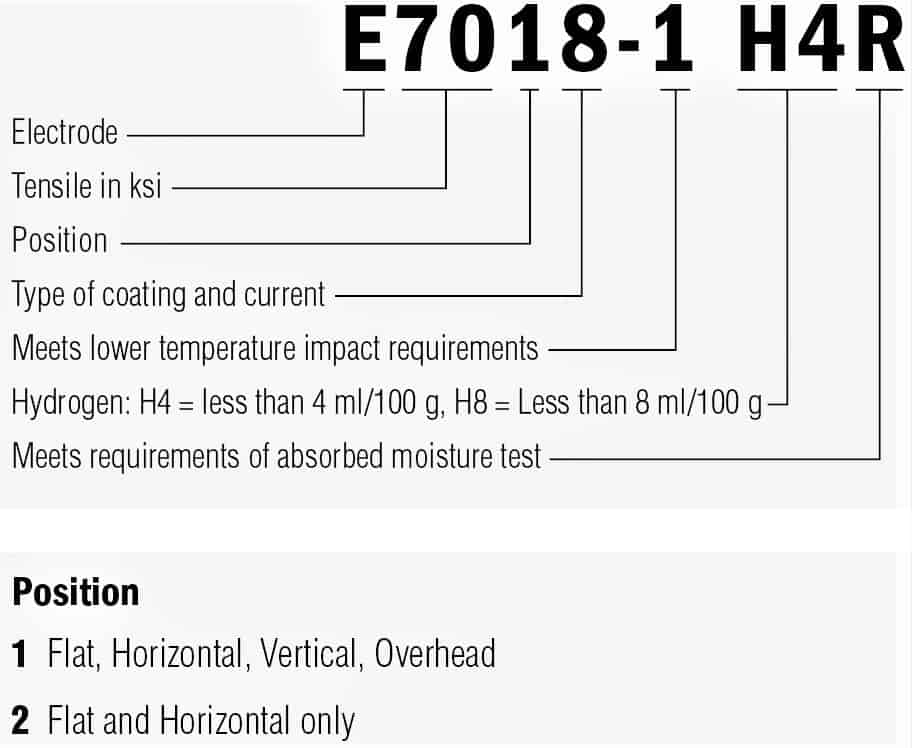
E7018-1 (E4918-1)chemical composition & mechanical properties
E7018-1 (E4918-1) is a carbon steel stick welding rod having carbon% max-0.15%, Manganese 1.60% maximum, and silicon 0.75% maximum.
The tensile strength of E7018-1 (E4918-1) is a minimum of 490 MPa or 70 Ksi, minimum yield strength of 400 MPa or 58 Ksi, and minimum elongation of 22.
Detailed chemical and mechanical properties of E7018-1 (E4918-1) are given in the below picture.

Difference between E7018 (E4918) and E7018-1 (E4918-1)
In E7018-1 H4 (E4918-1), ‘1’ refer to the lower weld metal toughness properties. The average impact toughness (CVN) requirement for E7018-1 H4 (E4918-1) is 20 ft·lbf at -50°F (27 J at –45°C) as shown in the below abstract taken from ASME Section IIC, SFA 5.1, Table 3.

While the toughness requirement for E7018 is 20 ft·lbf at -20°F (27 J at –30°C) compare to E7018-1.
So, the main difference between the E7018-1 H4 (E4918-1) and E7018 (E4918) is the impact toughness test temperature.

Both E7018 & E7018-1 have the same coating type and usability characteristics. The chemical composition of both the electrodes is also the same except that the E7081-1 contains higher manganese content on the upper side of the limit.
| Rod Characteristics | E7018 | E7018-1 |
|---|---|---|
| AWS Specification | AWS A5.1 | AWS A5.1 |
| Classification | E7018 | E7018-1 |
| Weld toughness | 20 ft·lbf at -20°F (27 J at –30°C) | 20 ft·lbf at –50°F (27 J at –45°C) |
| Manganese Level | 1.60% Maximum | 1.60% Maximum |
| Polarity | AC, DCEP | AC, DCEP |
| Welding Position | All | All |
| Weld penetration | Medium | Medium |
| Coating type | Basic Iron Powder | Basic Iron Powder |
| Arc features | Smooth | Smooth |
| Application | Fillet, fill & cap passes | Fillet, Fill & cap passes |
The high manganese content is useful for welds requiring lower transition temperature (sub-zero toughness) compared to the E7018 rod.
E7018-1 (E4918-1) Welding rod polarity
E7018-1 (E4918-1) being a low hydrogen-potassium with added iron powder electrode is used only with AC and DCEP Polarity.
The electrode is having satisfactory usability in flat, vertical, horizontal, and overhead welding positions. Click here to learn about Different types of polarity in welding processes.
E7018-1 (E4918-1) rod uses
E7018-1 (E4918-1) is used for welding carbon steel materials that require improved weld metal toughness properties instead of E7018.
It is used for structural applications such as bridges, pressure vessels, boilers & piping fabrications, and fabrication of machining components.
In summary, the main uses of E7018-1 rods are:
- Welding of low-temperature pipelines in oil & gas
- Welding of bridge structures
- Welding of machinery parts that require high weld deposit toughness
- Special welding applications such as pressure vessels, and boilers.
E7018-1 (E4918-1) rod baking and conditioning requirements
Click here for detailed stick welding (SMAW) electrode baking and storage requirements as per the ASME Section IIC. These baking conditions ensure good welding practices and quality weld deposits.
Selection of current for E7018-1 (E4918-1) stick welding rod
The selection of the welding current for welding E7018-1 (E4918-1) depends on the welding position, material thickness, and joint type.
1/8-inch 7018-1 rod runs well from 90 to 150 ampere, while a 3/16 inch 7018-rod welds at currents up to 300 amperes.
The below tables gives the recommended welding amperage for E7018-1 electrode diameter 3/32, 1/8, 5/32, 3/16, 7/32 & 1/4 inch sizes.

ESAB E7018-1 (E4918-1) data sheet
Click here to download E7018-1 (E4918-1) MTC (Test certificate) which lists all the chemical, mechanical, and delivery conditions for the rod. This is an actual test certificate for the E7018-1 stick welding rod.
If you are reviewing the stick welding rod MTC, make sure that it meets the minimum specified properties for the designated electrode classification according to the electrode specification (e.g. AWS A5.1).
